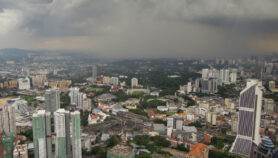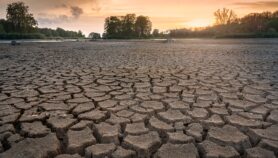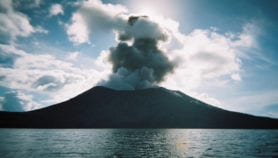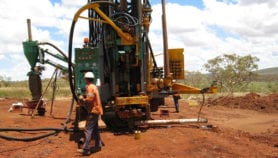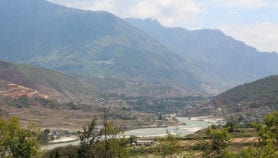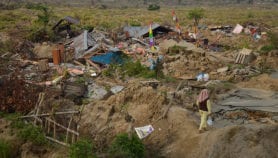By: T.V. Padma
Send to a friend
The details you provide on this page will not be used to send unsolicited email, and will not be sold to a 3rd party. See privacy policy.
Millions of people living on the northern coast of the Bay of Bengal face the risk of giant, tsunami-triggering earthquakes, warns a report.
The massive tsunami-generating earthquake that occurred off the Indonesian coast on 26 December 2004, surprised many geologists, and they now recognise the possibility of a future giant quake off central Sumatra, east of the 2004 site.
But little attention has been paid to another potentially hazardous area that lies to the north of Sumatra, says a report published today (6 September) in Nature.
Phil Cummins, senior scientist at Geoscience Australia, warns of a vast 900-kilometre-long area prone to quakes that lies along the coast of Myanmar, to Chittagong in Bangladesh and the northern Andaman Islands in the Bay of Bengal.
The entire stretch lies beneath the sea and can generate giant tsunamis, he says.
Few studies are carried out in this area, which was presumed not to be not at risk of earthquakes and is home to an estimated 60 million people and two major cities, Dhaka and Kolkata.
Cummins studied past geological records of the area to show that an active zone still exists along the Myanmar coast. This zone lies hidden under water beneath a 20-kilometre thick layer of sediment, known as the Bengal Fan.
The Bengal Fan insulates the quake-prone zone beneath it, creating hot conditions ideal for generating earthquakes, says Cummins.
Historical records indicate a massive quake occurred near the Arakan coast in 1762, which may have led to a tsunami.
Using computer models, Cummins showed how the worst case scenario — an earthquake of 8.8 on the Richter scale in Arakan — could generate a tsunami impacting the Chittagong coast, and the Ganges-Brahmaputra delta.
"The risk of a tsunami in the northern Bay of Bengal should be taken seriously," he concludes.
C. P. Rajendran, senior scientist at the India-based Centre for Earth Science Studies agrees. "This report is important from a hazards perspective. We don’t have good data from the coasts of Andaman Islands, Bangladesh and Myanmar. It is high time scientists of the three countries got together to generate data on stress and strain measurements."



